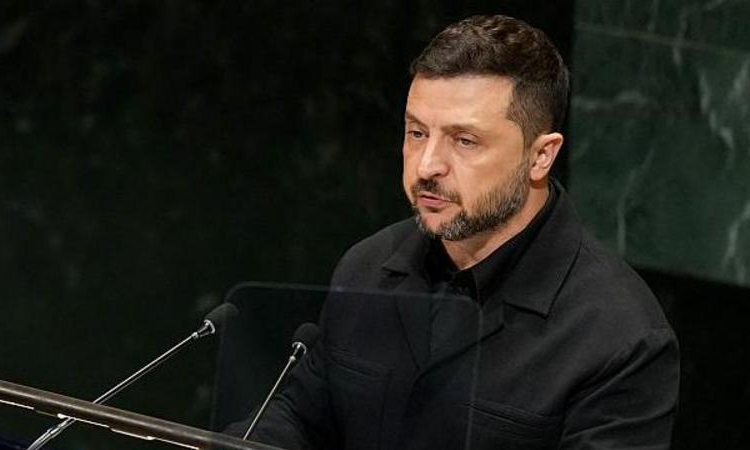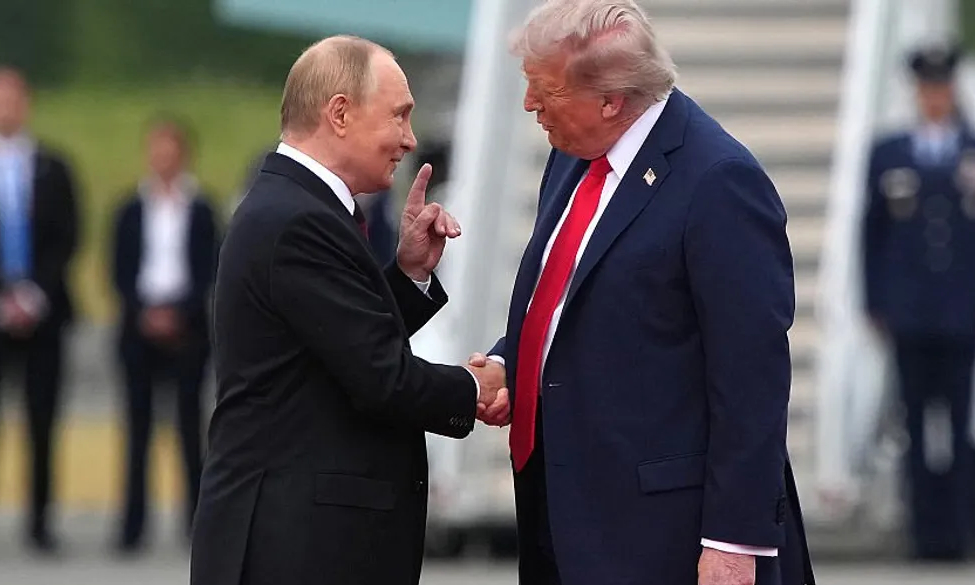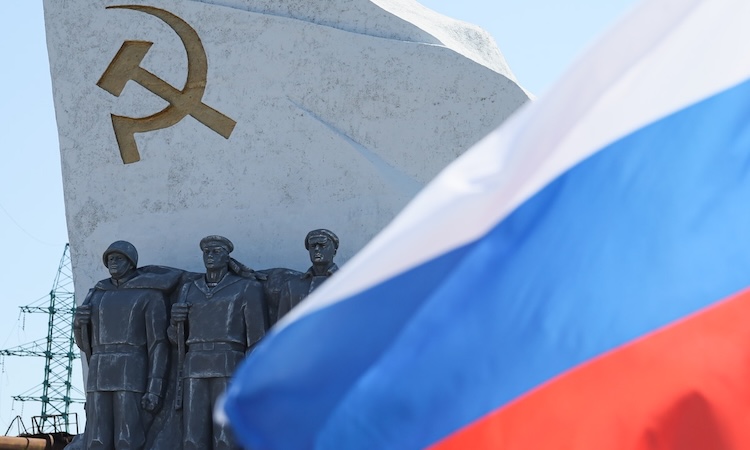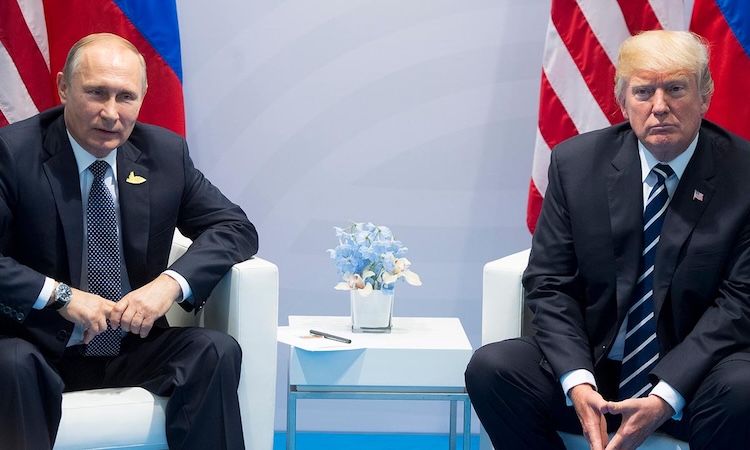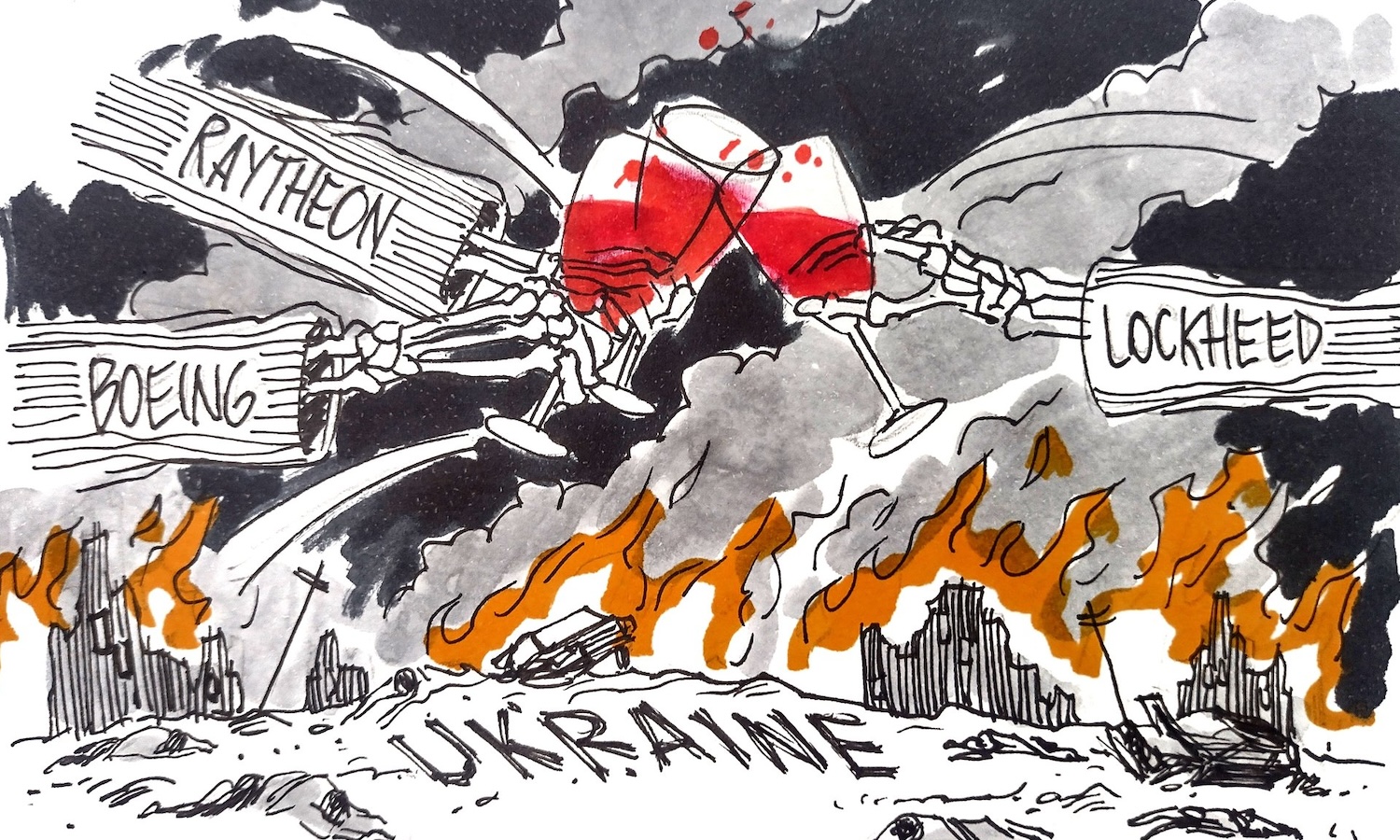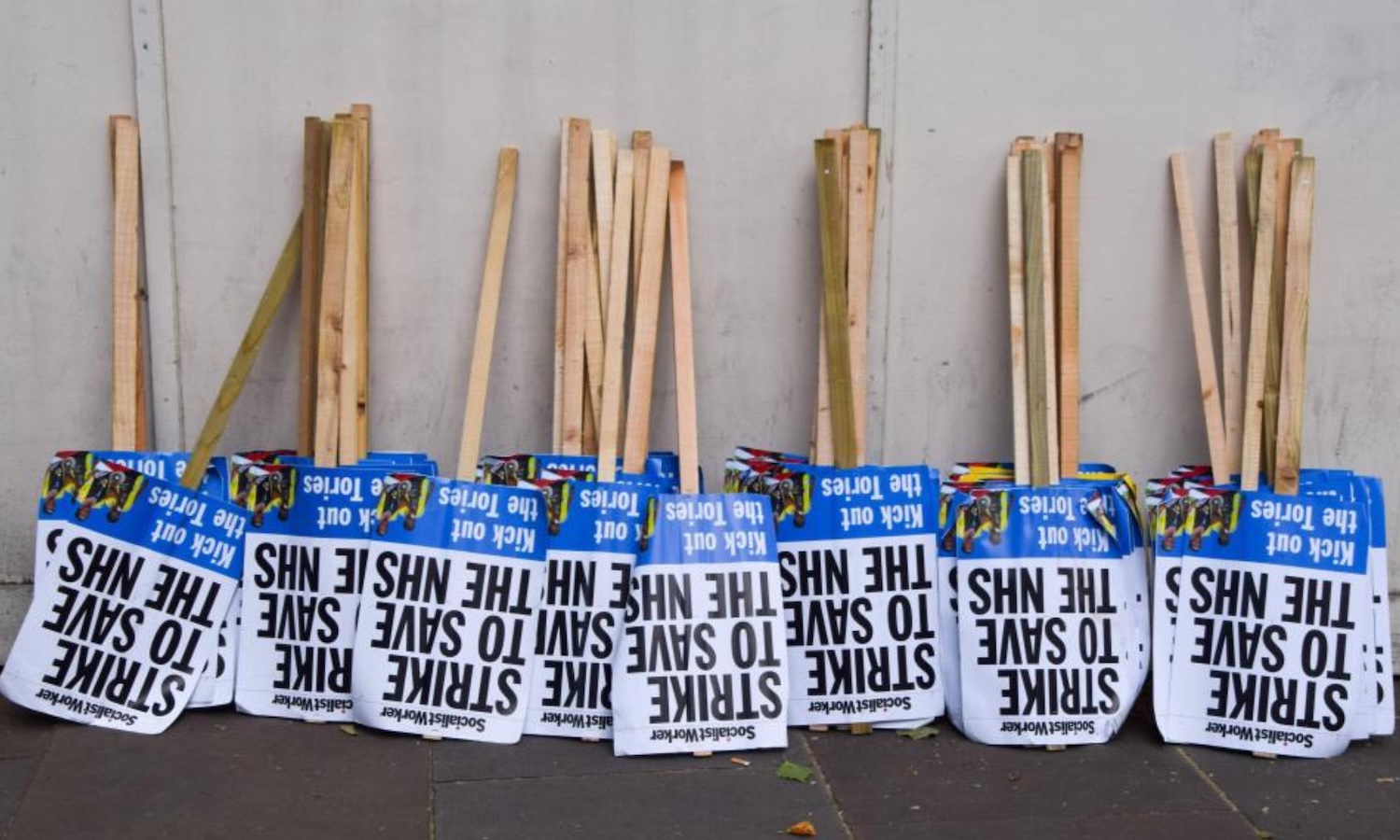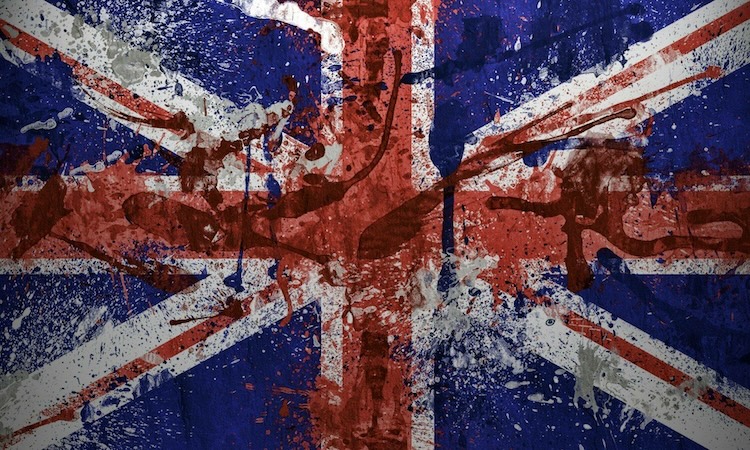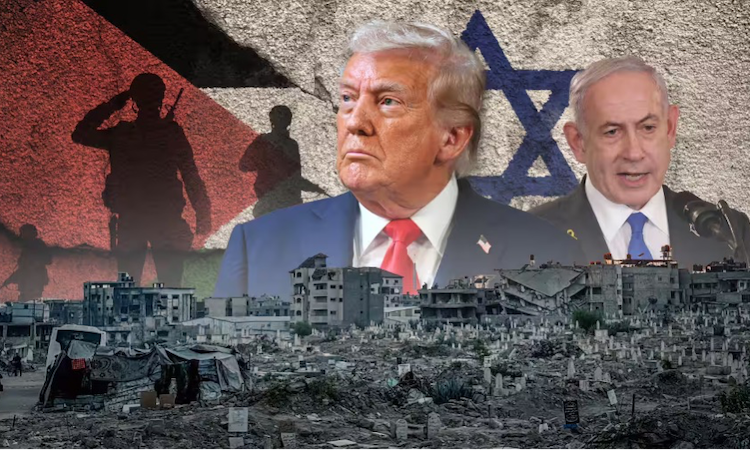This article is reproduced from Counter-Prop with thanks.
*****
The Guardian’s foreign correspondent, Luke Harding, is upset. Back in 2014, when the Maidan ‘revolution’ was in full swing, overthrowing the elected president Victor Yanukovych in a fascist coup instigated by the west and installing a puppet regime serving the interests of US imperialism and propped up by a resurgent Nazi fifth column, Luke’s Maidan chums were having a field day.
He writes, in his 23 April article Back in the USSR: Lenin statues and Soviet flags reappear in Russian-controlled cities: “Ukraine removed its Lenin statues in 2014, in the wake of the Maidan revolution. Monuments vanished from squares in Kharkiv, Kyiv and elsewhere. Communist slogans were banned under ‘decommunisation’ laws passed by Ukraine’s parliament.”
For Harding, these were clearly the golden days, signifying the triumph of capitalist ‘freedom’. Somehow he neglects to mention that, as the statues of Lenin were being pulled down, those same hands were busy replacing them with posters and memorials commemorating Stepan Bandera, the wartime Nazi collaborator who sent thousands of communists, jews and Poles to the gas chambers, and who is ideologically resurrected today by the Azov battalion, Right Sektor and the rest of the fascist pack.
Imagine Harding’s dismay when he finds out that, in towns where Moscow’s promised denazification programme is in progress, statues of Lenin and other memorials of the Soviet era are being restored as the fascists creep back into the woodwork and memories of a shared socialist history revive.
What a joy it was to see the hammer and sickle Soviet flag hoisted above the Azovstal steelworks in Mariuopol! And we may be sure that many Ukrainian hearts beat a little faster too, remembering the war years when Ukrainians and Russians fought alongside each other in the common life and death struggle to exterminate the Nazi menace, or the subsequent years when a highly industrialised and modern Ukraine took a leading part in postwar socialist advances across the USSR.
The indomitable struggle of the people of Donbass to assert their independence, withstanding eight murderous years of shelling of civilians and infrastructure by the Ukraine armed forces and their fascist auxiliaries, has been driven by the same spirit of courage and self-sacrifice that has always animated those bolshevised Donbass miners.
Harding’s account of the birth of the people’s republics of Donetsk and Lugansk insults the intelligence of even the Guardian’s readership. Moscow, we are told, “instigated and armed a pro-Russia separatist rebellion in the eastern Donbas region”.
Every word of this is a lie. The voters of the Donbass voted along with the rest of the Ukrainian electorate, and Yanukovych came out as the winner. But the USA, not happy with Yanukovych’s relatively neutral foreign policy as regards the USA and Russia, ‘instigated’ (to borrow this charlatan’s phrase) a fascist coup d’etat to oust Yanukovych, installing in his place a junta whose agenda was openly Russophobic.
Confronted with this rebellion against the democratic mandate of the Ukrainian electorate, Donetsk and Lugansk declined to accept the illegitimate authority of a government for which they had never voted and took the necessary decision to assert their independence from Kiev’s jackboot rule.
Having established his foundational Goebbels style Big Lie about a “Russia-instigated separatist rebellion”, Harding feels free thenceforth to call white black and black white with impunity. The Russian armed forces are portrayed as behaving like “imperial masters” engaging in a “grandiose colonial project”, whilst armed fascist gangs who use civilians as human shields to save their own skins are depicted as plucky heroes of the antifascist resistance!
Harding can barely contain his glee over the fate of some “collaborators” (ie, antifascists) at the hands of some “patriotic citizens”, gloating that “Collaboration, however, can be dangerous. On Wednesday, Valery Kuleshov, a pro-Russian activist and blogger, was shot dead in Kherson. He had left his apartment block at 8.15am and climbed into his grey Mazda. It’s unclear who raked the front of his car with automatic gunfire. Valery Kim, the mayor of Mykolaiv, said it was impossible to stop patriotic citizens from taking out ‘traitors’.”
A constant theme in Harding’s diatribe is the accusation that Russia is living in the past, whilst the Maidan generation is looking to the future. But it is the latter-day Banderites and their dupes who are up to their necks in historical failure, and the people of the Donbass who can draw inspiration for their present struggle from their own proud revolutionary past.

